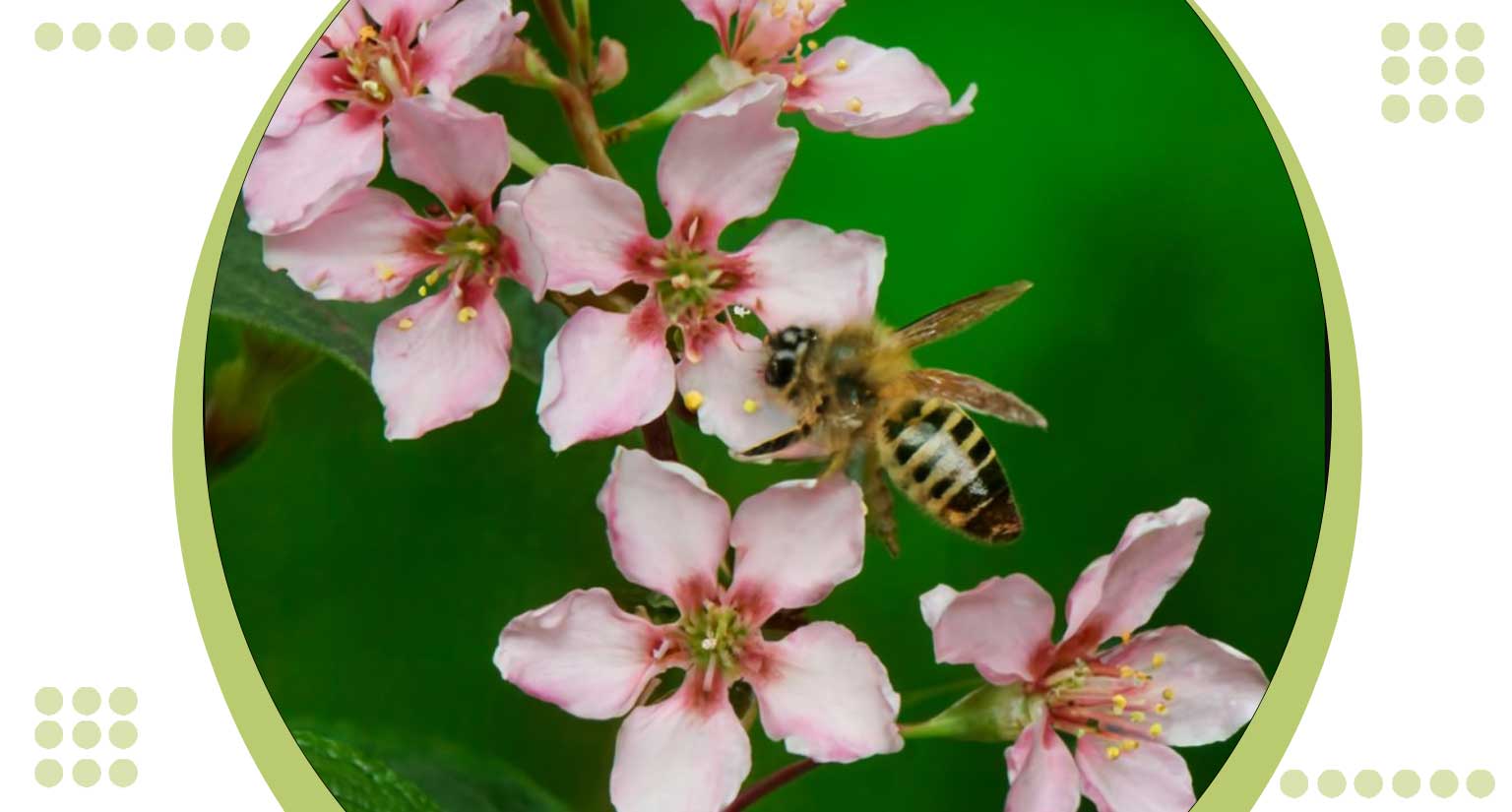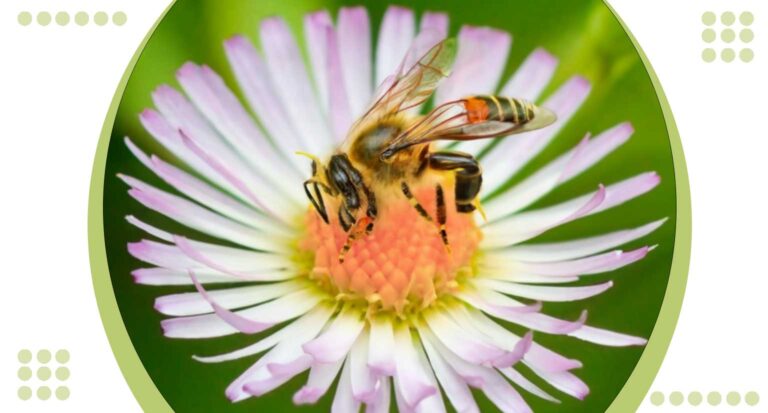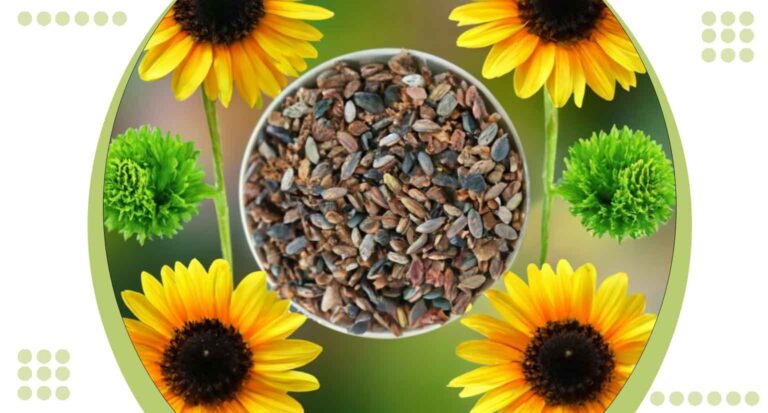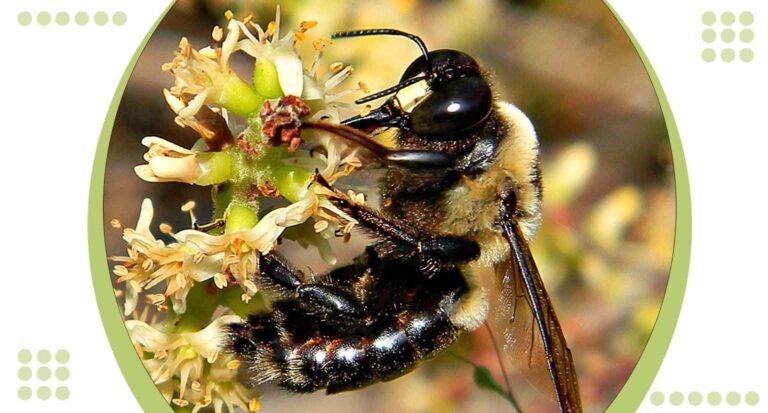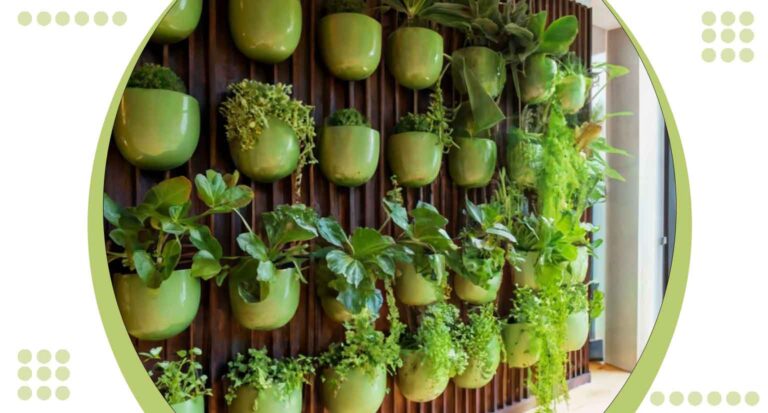Pollinator Plants: Supercharge Biodiversity with Top 10 Selections
Pollinator Plants nature’s vibrant tapestry unfolds through the blossoms of pollinator plants. In the realm of flora, these exceptional plants play a pivotal role in sustaining life, not just for themselves but for an entire ecosystem.
The enchanting dance of pollinators of bees, butterflies, and hummingbirds, imbues these plants with a profound significance. From their exquisite blooms to their ecological impact, every facet of pollinator plants unveils a story of interconnectedness and natural harmony.
Pollinator plants play a crucial role in maintaining healthy ecosystems by attracting and supporting various pollinators, including bees, butterflies, birds and other beneficial insects. These plants provide essential nectar, pollen and habitat resources that enable pollinators to thrive, ensuring the continuation of vital pollination processes.
By incorporating pollinator plants into gardens and landscapes, individuals can significantly contribute to biodiversity and the overall health of the environment.
In addition to their ecological benefits, pollinator plants enhance the aesthetic appeal of any garden with their vibrant flowers and diverse foliage. They create a dynamic and lively environment that not only attracts pollinators but also adds color and beauty to outdoor spaces.
Gardeners and landscapers can choose from a wide variety of pollinator plants that are suited to different climates, soil types and garden designs, making it easy to create a pollinator friendly habitat.
Promoting the growth of pollinator plants is more important than ever, as many pollinator species face threats from habitat loss, pesticides and climate change. By planting and maintaining pollinator friendly gardens, individuals can help mitigate these challenges and support the sustainability of pollinator populations.
This proactive approach not only benefits pollinators but also contributes to the productivity of agricultural crops and the health of natural ecosystems, underscoring the vital importance of pollinator plants.
What are pollinator plants?
Defining the Essence
At the heart of a thriving ecosystem lies a group of botanical wonders known as pollinator plants. These extraordinary flora have evolved to attract and nourish essential pollinators, including bees, butterflies, hummingbirds and more.
The relationship between pollinator plants and their visitors is a symphony of mutual benefit, where both parties contribute to the vitality of our natural world.
Characteristics of Pollinator Plants
1. Nectar Rich Blooms
Pollinator plants boast flowers brimming with nectar, a sweet liquid that serves as a primary food source for pollinators. The abundance of nectar acts as a magnet, drawing in bees, butterflies and hummingbirds with the promise of sustenance.
2. Vibrant Colors and Patterns
Nature’s palette comes alive in pollinator plants, showcasing a spectrum of hues and intricate patterns. These visual cues guide pollinators to the heart of the bloom, facilitating the essential transfer of pollen for reproduction.
3. Aromatic Allure
Fragrance plays a pivotal role in the allure of pollinator plants. The aromatic compounds emitted by these flowers act as an olfactory invitation, enticing pollinators from afar and creating a sensory haven in the garden.
4. Blossom Shape and Size
Diversity in blossom structures caters to the varied preferences of different pollinators. From open, bowl shaped blooms that attract bees to tubular flowers that entice butterflies, pollinator plants offer a range of shapes to accommodate their visitors.
5. Adaptability
Pollinator plants are often adaptable to different climates and soil conditions, making them versatile additions to various landscapes. Their resilience ensures that they can thrive and provide support for pollinators in a variety of environments.
Why Do Pollinator Plants Matter?
The significance of pollinator plants extends beyond their aesthetic appeal. These plants play a crucial role in the reproduction of many flowering species, contributing to the production of fruits, nuts and seeds. Additionally, they foster biodiversity, support ecosystems and contribute to the overall health of our planet.
Pollinator plants are essential for the survival and health of pollinator species, such as bees, butterflies, birds and bats, which play a critical role in the reproduction of flowering plants. These plants provide the necessary nectar and pollen that pollinators need for nourishment and energy.
In return, pollinators facilitate the transfer of pollen between flowers, enabling fertilization and the production of seeds and fruits. Without pollinator plants, many pollinator species would struggle to find adequate food sources, leading to a decline in their populations and a disruption in the pollination process.
The importance of pollinator plants extends beyond supporting pollinator species, they also play a vital role in maintaining biodiversity and ecosystem health. Pollinators contribute to the reproduction of about 75% of flowering plants, which form the foundation of many ecosystems.
By ensuring the survival of these plants, pollinator plants help sustain a wide range of wildlife that depends on these plants for food and habitat. Additionally, healthy ecosystems with diverse plant life are more resilient to environmental changes and can better support human communities.
In agricultural settings, pollinator plants are crucial for the production of many crops that humans rely on for food. Approximately one third of the food we consume depends on pollinators, including fruits, vegetables, nuts and seeds.
By promoting the growth of pollinator plants, farmers and gardeners can enhance crop yields and quality, contributing to food security and economic stability. Investing in pollinator plants is a simple yet powerful way to support pollinators, safeguard biodiversity and ensure the sustainability of our food systems.
What is the best pollinator plant?
Defining the Best Pollinator Plant
The quintessential pollinator plant, a masterpiece of nature that not only captivates with its beauty but stands as a beacon for ecological harmony. The Pollinator plant is subjective, influenced by factors such as region, climate, and the specific pollinators in focus.
However, one contender often shines as a universal favorite, celebrated for its versatility and appeal to a myriad of pollinators.
The Magnificent Monarda (Bee Balm)
At the forefront of pollinator friendly flora is the extraordinary Monarda, commonly known as Bee Balm. This perennial beauty boasts a profusion of vibrant, tubular flowers that serve as a banquet for bees, butterflies and hummingbirds alike.
Its nectar rich blossoms and aromatic foliage make it an irresistible magnet for pollinators, ensuring the garden becomes a bustling haven for these essential creatures.
Why Monarda Stands Out?
- Adaptable to various climates and soil conditions.
- Extended blooming period, providing a sustained food source for pollinators.
- Low maintenance and easy to grow, making it ideal for both novice and seasoned gardeners.
- Aesthetic appeal that enhances any garden landscape.
10 POLLINATOR PLANTS TO GROW IN GARDEN
The gardening experience of these ten exquisite pollinator plants into an outdoor sanctuary. Not only will they paint landscapes with vibrant colors, but they will also orchestrate a symphony of life as bees, butterflies and hummingbirds gather in celebration of nature’s beauty. Here are the top picks to cultivate a thriving pollinator friendly haven.
Bee Balm (Monarda)
Known for its vibrant hues and aromatic blossoms, Bee Balm is a magnet for bees and butterflies. This perennial beauty is not only visually stunning but also a reliable source of nectar, ensuring a steady flow of pollinators to your garden.
Lavender (Lavandula)
The aromatic allure of Lavender makes it a favorite among bees and butterflies. Its elegant spikes of fragrant blooms not only add charm to your garden but also provide a delightful nectar feast for pollinators.
Coneflowers (Echinacea)
Coneflowers, with their distinctive daisy-like petals and raised centers, beckon bees and butterflies. These hardy perennials not only thrive in various conditions but also contribute to the diversity of pollinator species in your garden.
Butterfly Bush (Buddleia)
True to its name, the Butterfly Bush is a haven for butterflies. This fast growing shrub produces long, cone shaped clusters of flowers that emit a sweet fragrance, attracting a flurry of butterflies to dance among its blooms.
Salvia (Salvia spp.)
Salvia, with its spiky clusters of tubular flowers, is a favorite among hummingbirds. The nectar rich blossoms and vibrant colors make it a striking addition to your garden, creating a hummingbird friendly zone.
Milkweed (Asclepias)
Milkweed is not only a vital host plant for monarch butterflies but also a rich source of nectar for various pollinators. By introducing Milkweed to your garden, you contribute to the life cycle of butterflies and support their essential role as pollinators.
Zinnias (Zinnia elegans)
Zinnias, with their bold and colorful blooms, are a feast for the eyes and a banquet for pollinators. These annuals are easy to grow and provide a continuous supply of nectar, making them a reliable choice for a pollinator friendly garden.
Coreopsis (Coreopsis spp.)
Coreopsis, also known as Tickseed, offers a profusion of daisy-like flowers that attract bees and butterflies. These low maintenance perennials are drought tolerant and add a burst of color to your garden throughout the growing season.
Catmint (Nepeta)
Catmint’s delicate spikes of lavender blue flowers are irresistible to bees and butterflies. This aromatic herb not only attracts pollinators but also serves as a beautiful and functional addition to your garden, enticing both humans and insects alike.
Sunflowers (Helianthus)
Sunflowers, with their towering stature and golden petals, are a beacon for bees and birds. Their large, pollen rich blooms provide abundant resources for pollinators and add a touch of sunshine to any garden landscape.
Cultivate a haven of biodiversity by incorporating these pollinator plants into your garden. Witness the beauty of nature unfolding, but will also play a crucial role in supporting the essential work of bees, butterflies and hummingbirds.
Conclusion
pollinator plants emerge as essential architects of ecological harmony, attracting bees, butterflies and hummingbirds to sustain life’s vibrant cycle. Through nectar rich blooms, vibrant colors, and aromatic allure, these botanical wonders not only captivate the senses but also contribute to the vital process of pollination.
As stewards of gardens, embracing pollinator plants is an invitation to participate in the dance of life, fostering biodiversity and supporting the delicate balance of our ecosystems. Through their beauty and ecological significance, pollinator plants stand as guardians of nature’s interconnected web, reminding us of the profound impact each bloom has on the flourishing world around us.

